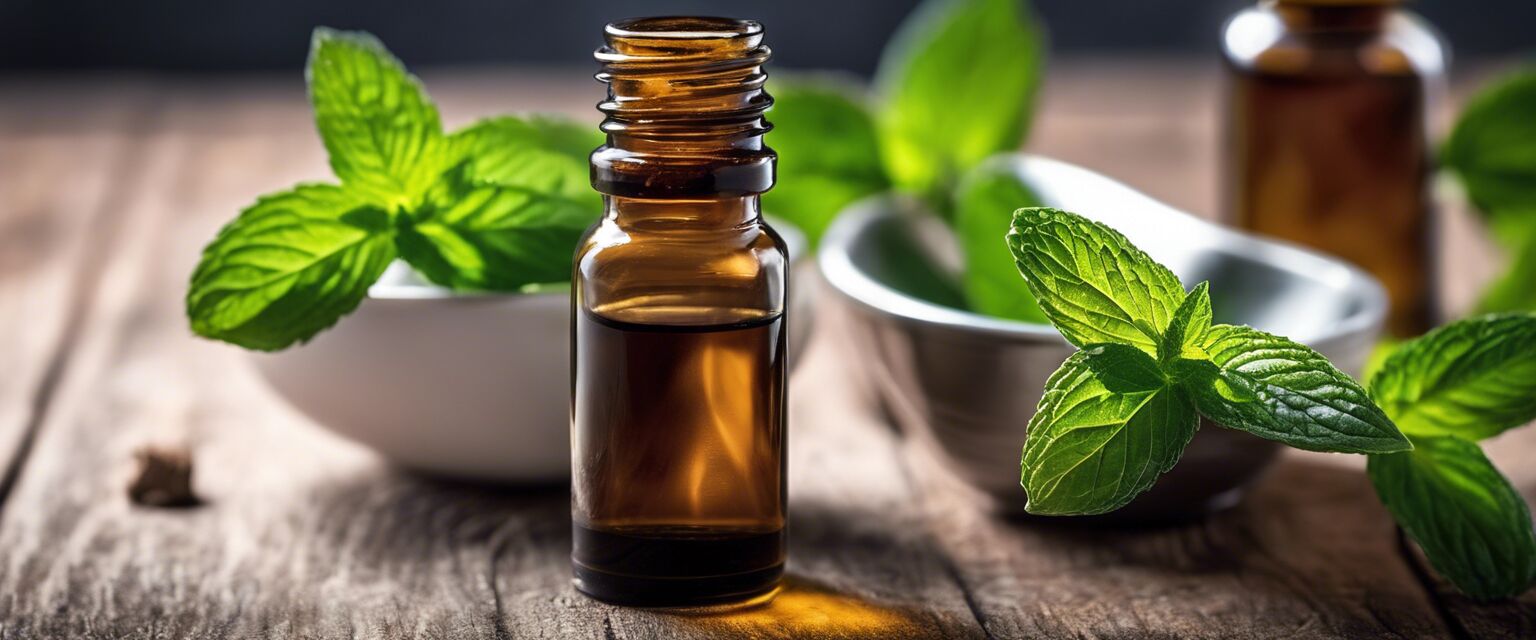
Essential Oils for Pain Relief
Key Takeaways
- Essential oils can be used to manage various types of pain.
- Different oils have unique properties that may aid in pain relief.
- Proper dilution and application are crucial for safety and effectiveness.
- Consultation with a healthcare professional is recommended before use.
Essential oils have gained popularity in recent years for their potential to manage and alleviate pain. With their natural properties, they offer a holistic approach to wellness. This guide will explore how essential oils can be used for pain relief, focusing on their benefits, application methods, and safety considerations.
Understanding Pain and Essential Oils
Pain can be acute or chronic, affecting individuals in various ways. Essential oils are concentrated extracts from plants, known for their aromatic and therapeutic properties. They may serve as a complementary approach to traditional pain management techniques.
How Do Essential Oils Work?
Essential oils interact with the body through various mechanisms, including:
- Absorption through the skin.
- Inhalation, affecting the brain's emotional center.
- Potential anti-inflammatory and analgesic properties.
Popular Essential Oils for Pain Relief
| Essential Oil | Benefits | Application Methods |
|---|---|---|
| Lavender | Calming, may reduce tension | Diffusion, topical application |
| Peppermint | Cooling sensation, may ease muscle pain | Topical application, inhalation |
| Eucalyptus | Refreshing, may relieve headaches | Inhalation, steam inhalation |
| Ginger | Warm sensation, may reduce inflammation | Topical application, diffusion |
| Frankincense | Grounding, may support emotional wellness | Topical application, diffusion |

How to Use Essential Oils for Pain Relief
1. Dilution and Safety
Essential oils are potent and should be diluted before application to the skin. A common dilution ratio is:
- For adults: 2-3 drops of essential oil per teaspoon of carrier oil (e.g., coconut, jojoba).
- For children: 1 drop of essential oil per teaspoon of carrier oil.
2. Application Methods
- Topical Application: Apply the diluted essential oil to the affected area and massage gently.
- Inhalation: Inhale directly from the bottle or use a diffuser to disperse the aroma.
- Bath: Add a few drops of essential oil to your bathwater for a soothing experience.

Safety Considerations
While essential oils can offer benefits, it's essential to use them safely:
- Always perform a patch test before applying new oils to the skin.
- Keep essential oils away from sensitive areas, such as eyes and mucous membranes.
- Consult a healthcare provider, especially if pregnant, nursing, or on medication.
Combining Essential Oils with Other Treatments
Essential oils can be integrated into a broader pain management regimen:
- Consider combining oils with pain relief products that suit your needs.
- Use essential oils alongside physical therapy or massage for enhanced relief.
- Explore relaxation techniques to complement pain management.
Pros
- Natural and holistic approach to pain management.
- Variety of essential oils for different types of pain.
- Easy to incorporate into daily routines.
Cons
- Effects may vary from person to person.
- Potential for allergic reactions if not tested.
- Not a substitute for professional medical advice.
Conclusion
Essential oils can be a valuable addition to your pain management toolkit. With their diverse benefits and applications, they offer a natural alternative for those seeking relief. Always prioritize safety, and consult with a healthcare professional to find the best approach for your unique needs.
Tips for Beginners
- Start with well-known oils like lavender and peppermint.
- Invest in high-quality, pure essential oils for the best results.
- Experiment with different application methods to find what works best for you.
Further Reading
- Learn more about aromatherapy blends that can enhance your experience.
- Explore hair care solutions that incorporate essential oils for beauty and health.
- Understand how essential oils can support immune health and overall wellness.
- Discover skincare essentials that utilize the power of nature.
- Find out about relaxation techniques that can work in tandem with essential oil use.








